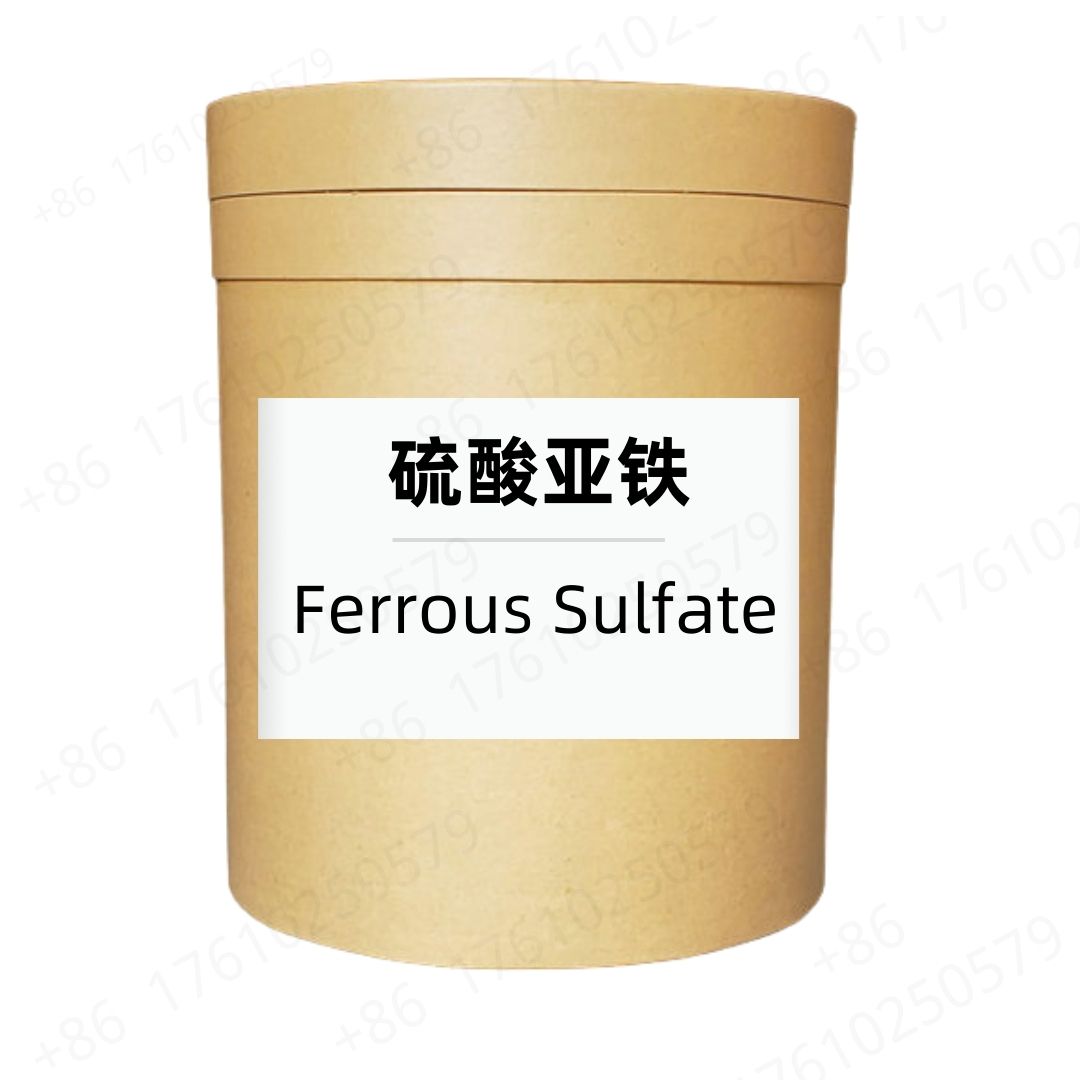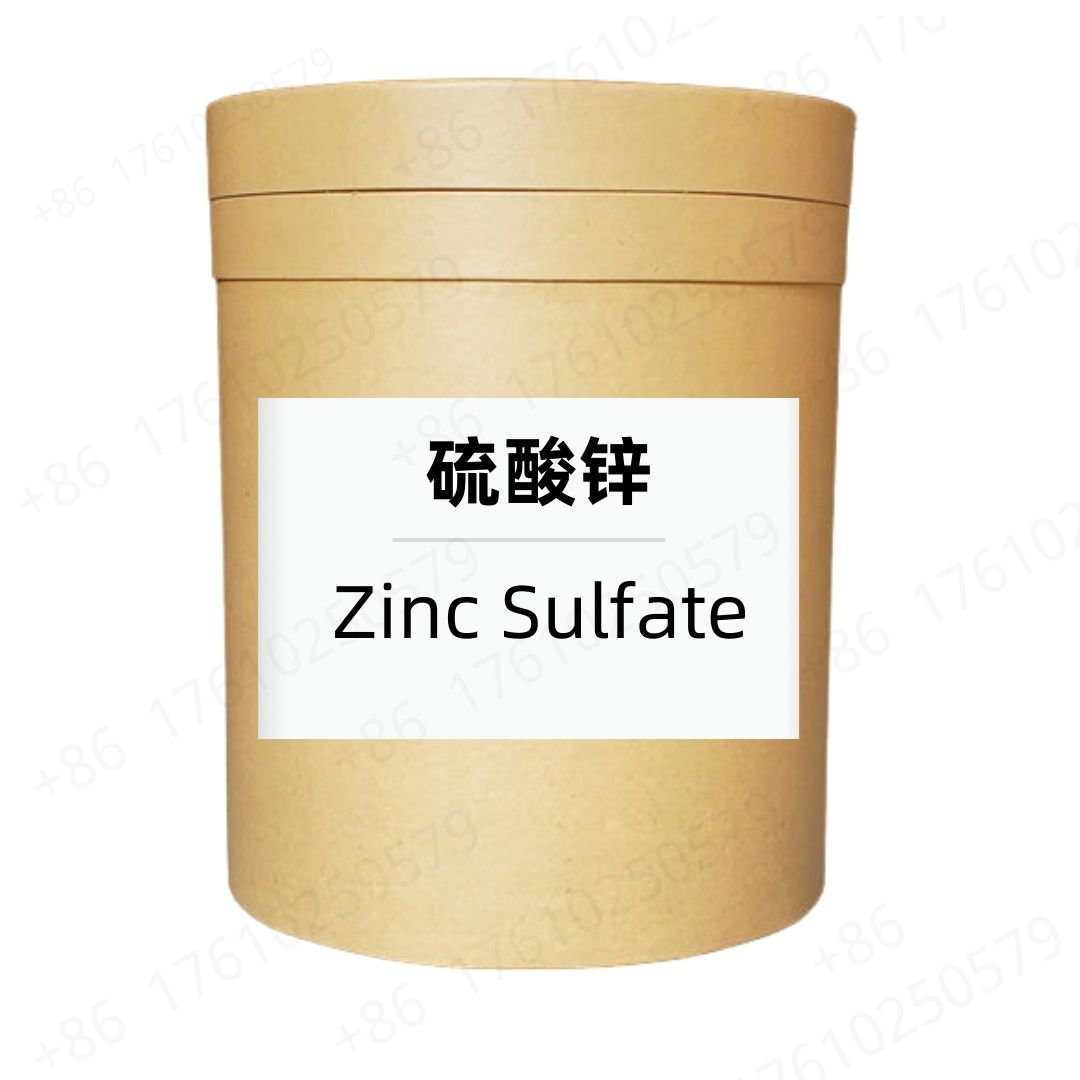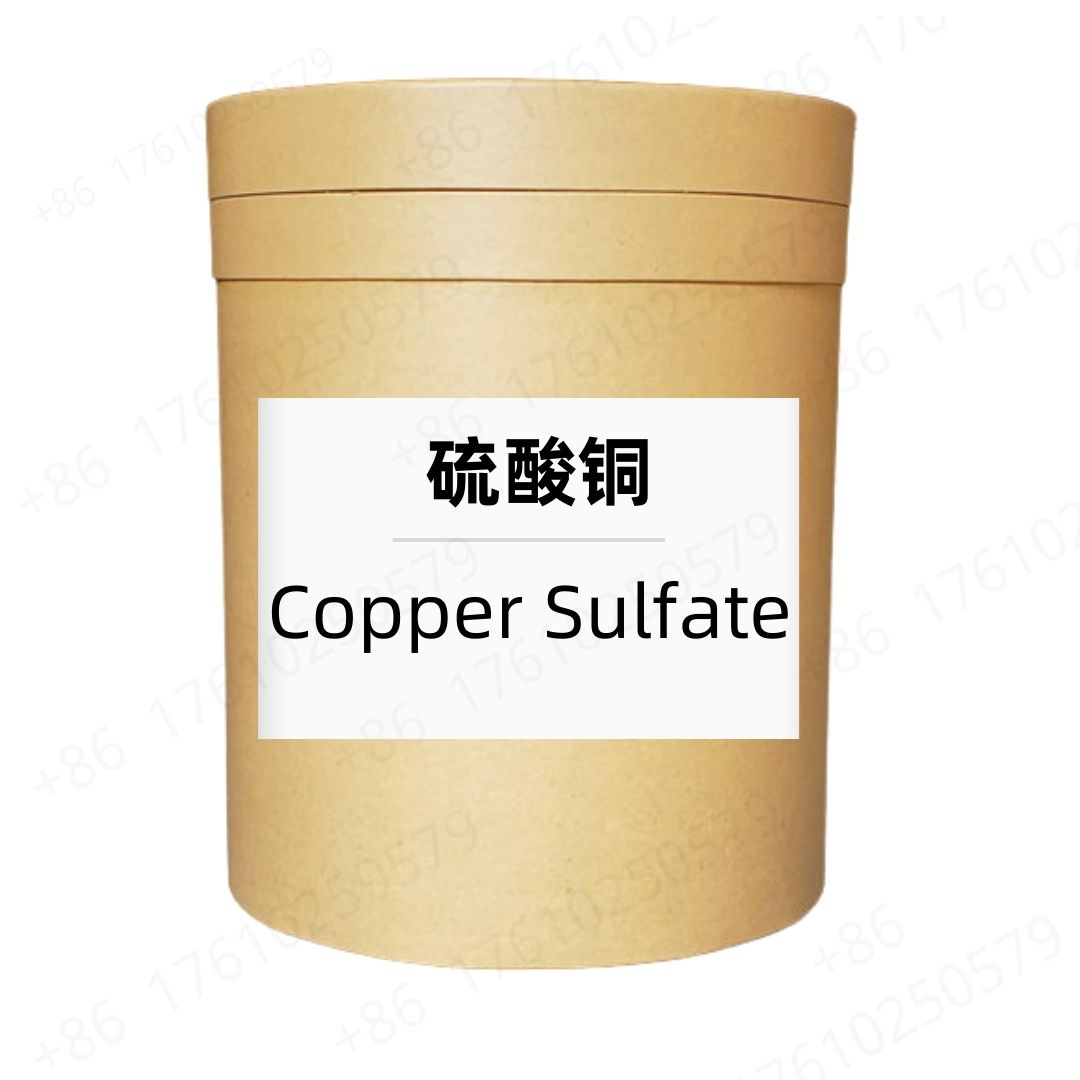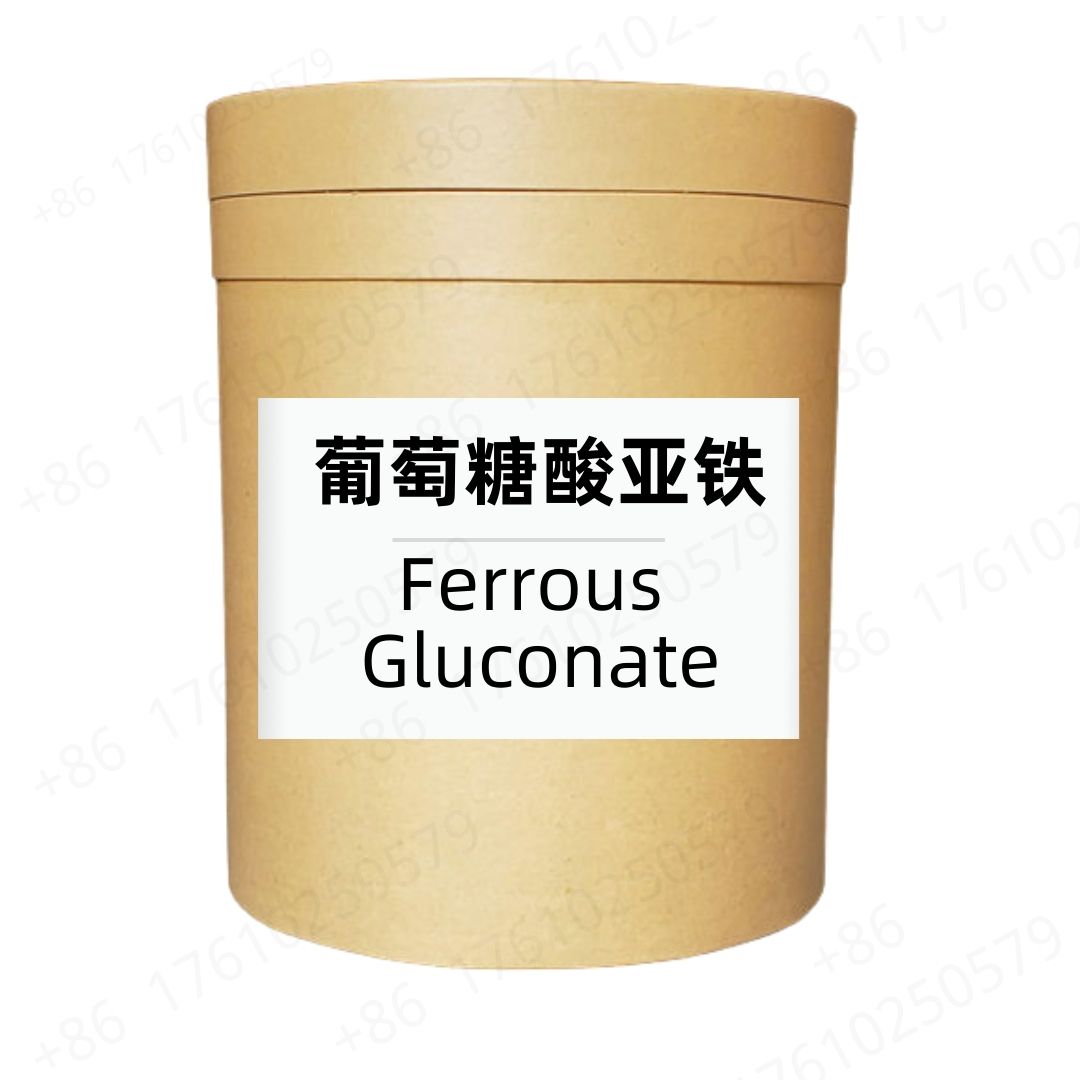Product Introduction
Iron porphyrin is a specialized complex that combines iron with a porphyrin ring. This compound plays a critical role in various biological systems, particularly in the transport and storage of oxygen. Due to its structural resemblance to heme, iron porphyrin has garnered interest in both research and industrial applications. Its unique properties make it suitable for various innovative uses, from healthcare supplements to advanced pharmaceutical applications.
Production Process
The synthesis of iron porphyrin typically involves the coordination of iron with porphyrins under controlled conditions. The process begins with the preparation of the porphyrin ligand, which is then mixed with a suitable iron source, allowing the formation of the iron-porphyrin complex. Conditions such as temperature, pH, and solvent choice are meticulously adjusted to optimize yield and purity. Purification methods, including chromatography, are used to obtain the final product in a desirable form.
Product Functions and Effects
Iron porphyrin serves several important functions in the body, most notably as a key component in hemoglobin for oxygen transport. Additionally, it has properties that may support erythropoiesis, the production of red blood cells. Research has also indicated that iron porphyrin can act as an antioxidant, potentially reducing oxidative stress in cells. Its bioavailability makes it an effective choice for dietary supplements aimed at improving iron levels in individuals with deficiencies.
Product Application Scenarios
Iron porphyrin is widely used in biomedical research, especially in studies focused on oxygen transport and related metabolic processes. In the pharmaceutical industry, it is being explored for therapeutic applications, including drug delivery systems due to its ability to form stable complexes. Furthermore, it is employed as an iron supplement, particularly for individuals suffering from anemia. Its unique chemical properties also find use in industrial and environmental applications, such as catalysis and sensors.
Packaging and Storage
Storage Conditions: Store in a sealed, light-proof container, away from high temperatures, in a dry, cool, and well-ventilated place.
Packaging: Bulk: 25kg/fiber drum; Sample: 1kg/aluminum foil bag; Custom packaging available upon request.
Shipping Methods: FedEx, DHL, dedicated logistics, and sea freight consolidation.
Shelf Life: Two years
Monica Sun possesses extensive technical expertise and market insights in the food additives industry. She excels in designing efficient and safe additive formulations tailored to various food applications, ranging from sweeteners to functional dietary fibers. Monica has successfully assisted food manufacturers in optimizing ingredient combinations to enhance product quality and improve consumer satisfaction.















